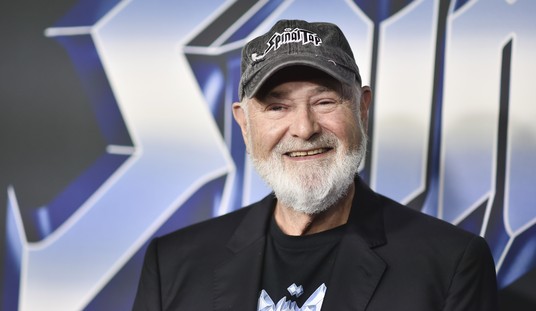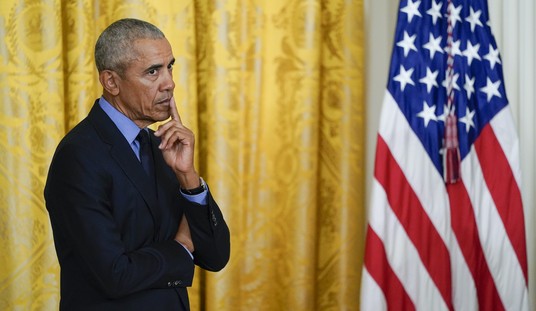A 10-year-old boy survived ejection from a near-vertical waterslide onto cement on the opening day of a publicly funded San Francisco-area waterpark, the construction of which illustrates many of the hazards of the United States’ government-run, taxpayer-funded health care system.
Video footage shot at The Wave, a new waterpark in Dublin, California, shows a boy plummeting several stories down the waterslide Emerald Plunge at an 80-degree angle. That part was intentional. The boy’s subsequent hydroplaning was not. Nor was his launch over the side of the chute. Miraculously, after bouncing on his right shoulder, the boy walked away with a few scrapes, Los Angeles Times reported on May 29.
The waterpark is a public works project. “Total project costs were $43 million,” a frequently-asked-questions (FAQ) document at Dublin.ca.gov, the park’s official website, states. “The largest majority of the funding came from development fees collected over the past decade, and $3 million came from the City’s General Fund.”
That the boy (and his parents) escaped tragedy at the government-run waterpark may be an especially welcome relief to people familiar with botched government projects. Such people understand that ambitious designs and public money do not a successful enterprise make. This is true of recreational projects, like a California waterpark, as well as higher-stakes efforts, like establishing a federal health insurance exchange intended to help millions of people buy taxpayer-funded insurance under the Affordable Care Act.
The failed launch of the federal exchange in 2013 is well documented and acknowledged without partisanship. One of the more thorough post-operative debriefs of the launch of Healthcare.gov, and all the dysfunction of the Barack Obama administration that produced it, is a 2015 book by self-described Obamacare supporter Stephen Brill, America’s Bitter Pill: Money, Politics, Backroom Deals, and the Fight to Fix Our Broken Healthcare System.
Recommended
The cause and extent of The Wave’s failed waterslide rollout should emerge as city officials conduct their investigation of the accident. But the slide’s problems weren’t for lack of testing, according to park officials. After the boy survived Emerald Plunge, park officials insisted they had followed the manufacturer’s guidelines for the slide, which reportedly had been tested “scores of times” and approved by the California Division of Occupational Health and Safety the day before the near-tragedy.
The seal of approval the Obama administration gave Healthcare.gov was an equally poor predictor of readiness. The scope of the government project, the size of its clientele, and the complexity of the information the exchange was required to harvest from users warranted a testing phase of up to a year, judging by standard private-sector procedures, Brill recounts. The Obama administration allotted weeks. That was hardly enough time to discover, diagnose, fix, retest, and properly approve the site, as users and the Obama administration soon learned.
Miscalculation, miscommunication, or both have put half of The Wave’s waterslides out of commission so far. Similar categories of error beset Healthcare.gov in 2013. The government website’s builders succeeded in constructing their parts of the site to spec but failed to enable those parts to communicate with each other, according to Brill. The result was not a near-vertical water death trap but a virtual Tower of Babel.
One of the biggest problems with Healthcare.gov was its inability to accommodate a reasonable number of simultaneous users. The federal exchange quickly became fodder for Saturday Night Live writers. In the weeks following the launch, shoppers were stalled, stonewalled, kicked off the site, logged out, or pronounced ineligible to buy the taxpayer-subsidized health insurance plan of their choice, as Brill recounts. Ironically, the federal exchange’s launch problems occurred when Healthcare.gov was being underutilized. Relatively speaking, only a handful of people were trying to buy health insurance through the exchange in its earliest days, and even fewer succeeded, due in part to overcrowding.
The Wave has experienced similar shutdowns. The park’s main attractions include six waterslides, two pools, a water playground, an amphitheater, and picnic areas. Officials closed two of the six slides on opening day, pending further investigation of what caused the boy to go Evel Knievel. The park closed a third slide the next day, May 28, to allow officials to experiment with the slide’s water pressure, The Mercury News reported.
How well Dublin’s waterpark handles high volumes of traffic, and whether closing half its slides causes long delays at other slides, remains to be seen. The park had attracted 700 visitors by 2 p.m. on opening day, Mercury reported. That is an average of 117 visitors per slide before the accident and 233 per slide after half the slides were shut down. In addition, the park expects to employ 200 seasonal workers, according to the FAQ. That is one worker for every 3.5 riders, using opening day figures. Presumably, the park will wait to hire more workers until park admission picks up.
All of this prompts the multi-million-dollar question: Was construction of The Wave the best use of public funds? Unfortunately, the people of Dublin cannot know. Even should The Wave recover $43 million in ticket sales at $15 per customer, Dubliners will never know what value the same $43 million might have produced for them had the private developers paying millions of dollars in fees to the city over the past decade been allowed to invest their money elsewhere.
Meanwhile, the value proposition of continuing government-directed health care and insurance system continues to freefall, and too many Americans have gotten wet.
























Join the conversation as a VIP Member